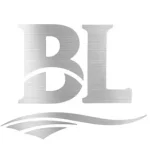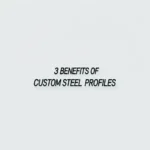For kitchen equipment, 304 is the workhorse. Choose 316 when cleaners, marinades or coastal air add chlorides that push 304 toward tea staining or pitting. Below is a simple way to decide without over‑specifying.
Decision in one minute
- Indoor, mild cleaners: 304/304L is fine for tops, panels and frames.
- Bleach/salt/acidic foods, coastal air, or steam/brine: Step up to 316/316L for better pitting resistance.
Finish and cleanability
- Visible faces: No.4/HL; consider 320‑grit or electropolish on contact areas that must wipe clean fast.
- Set an Ra target if hygiene matters (e.g., Ra ≤0.8 μm where food sits).
Fabrication notes
- Use L‑grades for welding; blend and passivate welds to avoid tea stain.
- Keep carbon‑steel dust away; protect surfaces with PE film.
Spec lines
- Standard: 304L sheet 1.5 mm; No.4 film‑protected; welds blended/passivated; edges deburred.
- High‑chloride: 316L sheet 1.5 mm; 320‑grit or electropolished surfaces in food zones; passivated welds; 316 fasteners.
Share your cleaning chemicals and whether the site is near the coast. We’ll suggest 304 or 316 with the right finish so equipment stays clean and bright.




